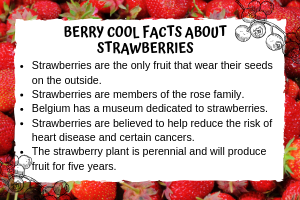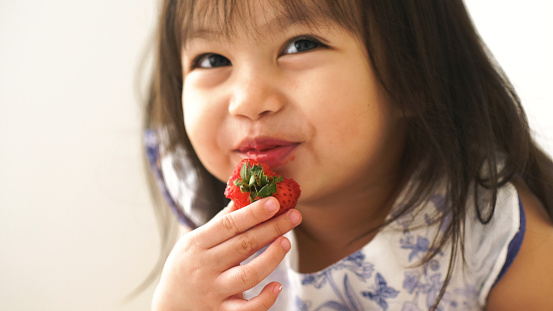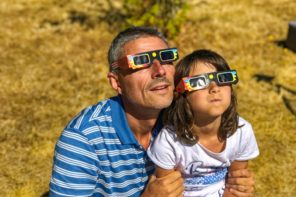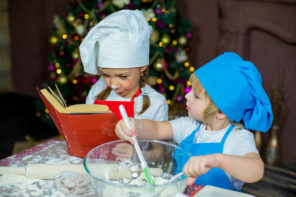It’s fun to look at family photos and see younger versions of our parents and grandparents. It’s even more amazing to connect with the reflections we see of ourselves in these treasured family heirlooms.
Generational traits are carried in our DNA, or genetic code, which determines eye color, hair color and height, among other things. A great way to teach children about DNA is to show how it’s present in every living organism—even food.
Take strawberries for example. They have more DNA than any other fruit and are frequently used by researchers to demonstrate DNA extraction.
You and your budding scientist can extract DNA from strawberries using items found in the average kitchen with this fun experiment from Bayer’s Making Science Make Sense® portal.
Strawberry DNA Extraction
Materials
- A piece of a strawberry (a banana may also be used)
- A zip-top bag
- 10 ml. saltywater (about 1 tablespoon)
- 2-3 drops of dish detergent
- Coffee Filter
- Small Funnel
- 50 ml. tube (or regular cup)
- 15 ml. tube (or small clear cup)
- 2 ml. isopropanol (91% isopropanol rubbing alcohol)
- Small wooden stick (needs to fit in the 50 ml. tube, a cotton swab will work)
Procedure
- Put the piece of strawberry in a zip-top bag.
- Push air out, close bag, mash for two minutes.
- Add 10 ml. salty water plus 2-3 drops detergent into the bag. Mash two more minutes.
- Take coffee filter, and place in funnel on top of 50 ml. tube. Pour fruit paste into filter – let liquid pass through.
- Pour 2 ml. of filtered contents into clean 15 ml. tube.
- Add 2 ml. of isopropanol by running gently down side of tube (1 volume isopropanol to 1 volume fruit juice).
- Insert small wooden stick into tube, and gently turn (do not stir) the contents to extract the DNA from the solution.
What This Means
After the isopropanol is poured into the tube, you are looking for the separation of material that begins to come to the surface. This white-looking goo is the DNA of the strawberry.

Each ingredient plays a part in releasing the DNA from the strawberry. The soap helps dissolve the cell membranes by pulling apart lipids and proteins, while the salty water releases the DNA strands by breaking up the protein chains.
DNA is not soluble in isopropanol; therefore, the DNA separates, and you are able to extract it. With parental supervision, this activity can give your child the hands-on lesson of a lifetime.
Brigitte L. Maxey is a freelance writer for Our Children Magazine.
Bayer—a founding sponsor of National PTA’s STEM + Families initiative—is a global enterprise with core competencies in the Life Science fields of healthcare and agriculture. Making Science Make Sense® (MSMS) is Bayer’s award-winning STEM education initiative that seeks to advance science literacy across the United States through hands-on, inquiry-based learning, employee volunteerism, community partnerships and public education.





